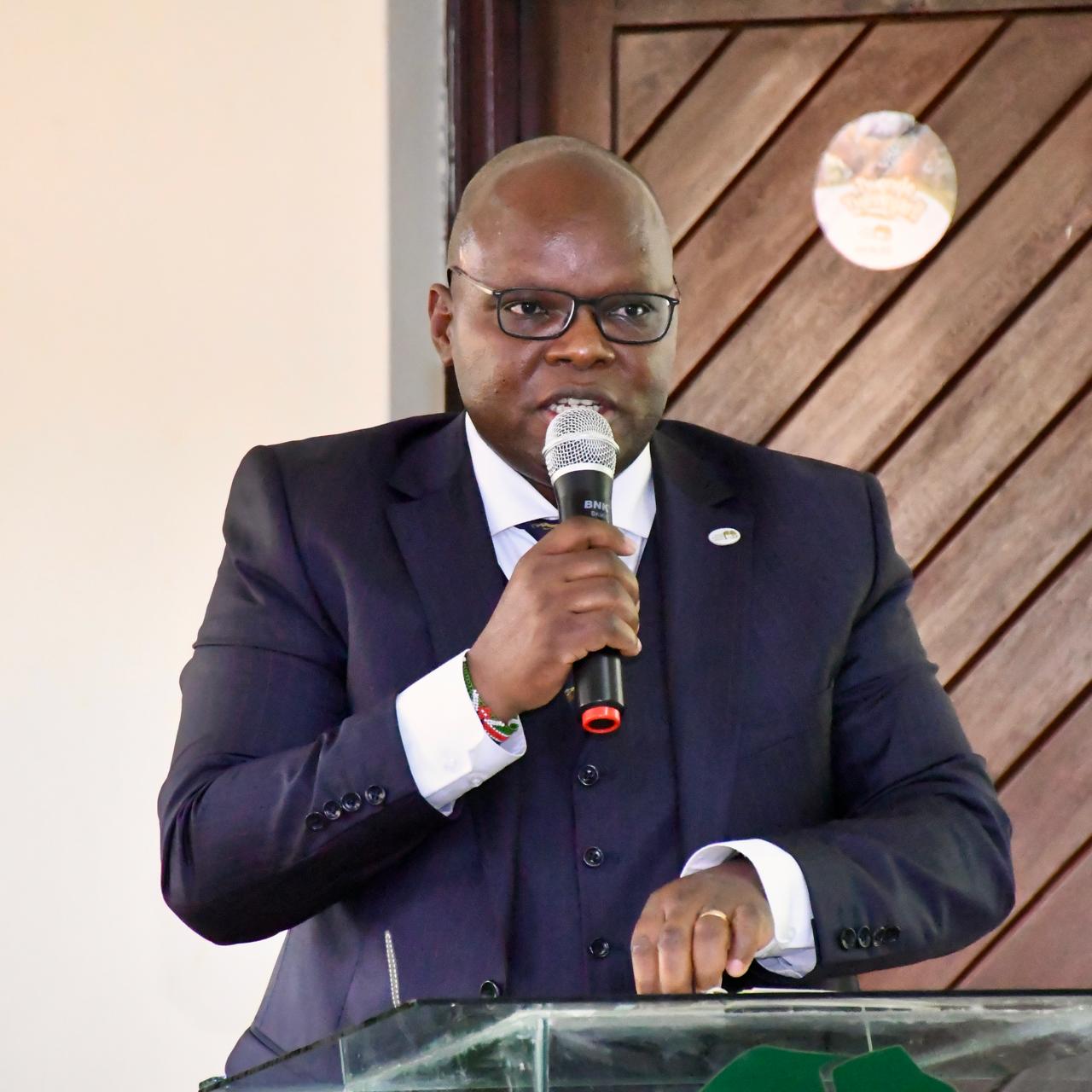

The Kenya Wildlife Service is upbeat that its plans to raise
conservation fees for tourists visiting the country’s national parks and game
reserves will succeed.
Last month, the service concluded a nationwide public participation on the proposed review of conservation fees.
During the final forum at KICC, Nairobi, Kenya Wildlife Service pleaded with Kenyans to be allowed to review the fee.
On September 2, the Tourism Ministry and KWS announced that the draft regulations are ready for validation before official publication in the Kenya Gazette.
“Pursuant to the provisions of Section 116 (1) and (2)(b) of the Wildlife Conservation and Management Act, Cap. 376 and the Statutory Instruments Act, Cap. 2A, the Cabinet Secretary for Tourism and Wildlife prepared the proposed Wildlife Conservation and Management (Access and Conservation) (Fees) Regulations, 2025,” a public notice said.
The notice added that the proposed regulations provide for fees payable for access and conservation of national parks, national reserves, national marine parks, national marine reserves and national sanctuaries.
Authorities said the proposed regulations have complied with the Constitution of Kenya, 2010 and the Statutory Instruments Act, Cap. 376, on public participation and involvement process.
“Further in compliance with Section 8A of the Statutory Instruments Act, Cap. 2A The notification of the regulatory impact statement on the regulations was published vide Kenya Gazette Notice (Special Issue) No. 9267 dated 9th July, 2025. Public notices were also published on 15th July, 2025.”
Authorities said the comments, views and input from tourism and wildlife stakeholders, members of the public and all interested parties have been considered and the draft regulations are now ready for validation prior to official publication in the Kenya Gazette.
Tourism and wildlife stakeholders, members of the public and all interested parties have now been invited to attend a stakeholder validation forum for the Wildlife Conservation and Management (Access and Conservation) (Fees) Regulations, 2025 and its attendant Regulatory Impact Statement.
The forum will be held on September 11, 2025 at KICC (Amphitheatre) starting 9 am.
KWS director general Prof Erustus Kanga said a document had been compiled following a nationwide public participation exercise and was approved by the board.
The document was then taken to the Tourism CS, who approved it before it was forwarded to the Attorney General for input and approval.
Kanga said the inputs from the public has since been incorporated into the document.
He said the document will now go to National Assembly for approval.
During the last day of public participation, Kanga made a case for the review, saying the last review was conducted in 2007—18 years ago.
“Over that time, everything else has increased in price—fuel, food, equipment, patrol vehicles, human-wildlife conflict response, hotel accommodation, tour van hire and salaries. But our park fees have remained the same for 18 years,” he said.
Kanga said the service is facing several challenges, yet expectations are increasing.
The expectations, he said, included the protection of wildlife, patrols in parks covering tens of thousands of square kilometres, and resolving human-wildlife conflict, among other daunting tasks.
“Our income is Sh7.9 billion every year, but our conservation needs are Sh19.7 billion. That is a shortfall of Sh12 billion,” Kanga said.
He warned if the shortfall is not fixed, the sector could potentially collapse.
“We are sitting on a golden goose—our wildlife. But a golden goose must be fed regularly to keep laying. If we keep plucking its feathers—overusing it, under pricing it, neglecting its care—it will die. And when the goose dies, so do the golden eggs,” he said.
The Nairobi forum brought together representatives from the tourism industry, conservation professionals, youth and officials from county and national governments.
It marked the 20th and final meeting in a series of forums convened over the past one and a half weeks across 19 counties in Northern Kenya, Eastern, Western, Rift Valley, Nyanza, Central and Coast.
Across the 20 forums, participants emphasised the need for prudent use of funds to improve services, enhance park infrastructure, develop visitor facilities, mitigate human-wildlife conflict and introduce innovative tourism products to attract more visitors.
Stakeholders also proposed a flexible pricing model tailored to each park’s unique attributes, regular fee reviews to avoid steep increases after long intervals, greater transparency on fund utilisation and expanded corporate social initiatives to support community-led conservation.
KWS head of marketing and business development Gladys Kosgei said in 2022-23, the service generated a revenue of Sh5.34 billion, grants (Sh3.02 billion) and expenditure (Sh9.75 billion), leaving a shortfall of Sh6.01 billion.
Kosgei said in 2023-24, KWS revenue was Sh7.74 billion, grants (Sh2.35 billion), expenditure (Sh9.81 billion), requirement (Sh17.54 billion), leaving a shortfall of Sh7.73 billion.
In 2024-25, KWS had a revenue of Sh7.92 billion, grants (Sh3.04 billion), expenditure (Sh12.56 billion), requirement (Sh19.79 billion), leaving a shortfall of Sh7.23 billion.
In 2025-26, KWS projects a revenue of Sh7.92 billion, grants (Sh1.72 billion), expenditure (Sh9.64 billion) and requirements (Sh21.88 billion), leaving a shortfall of Sh12.24 billion.


















